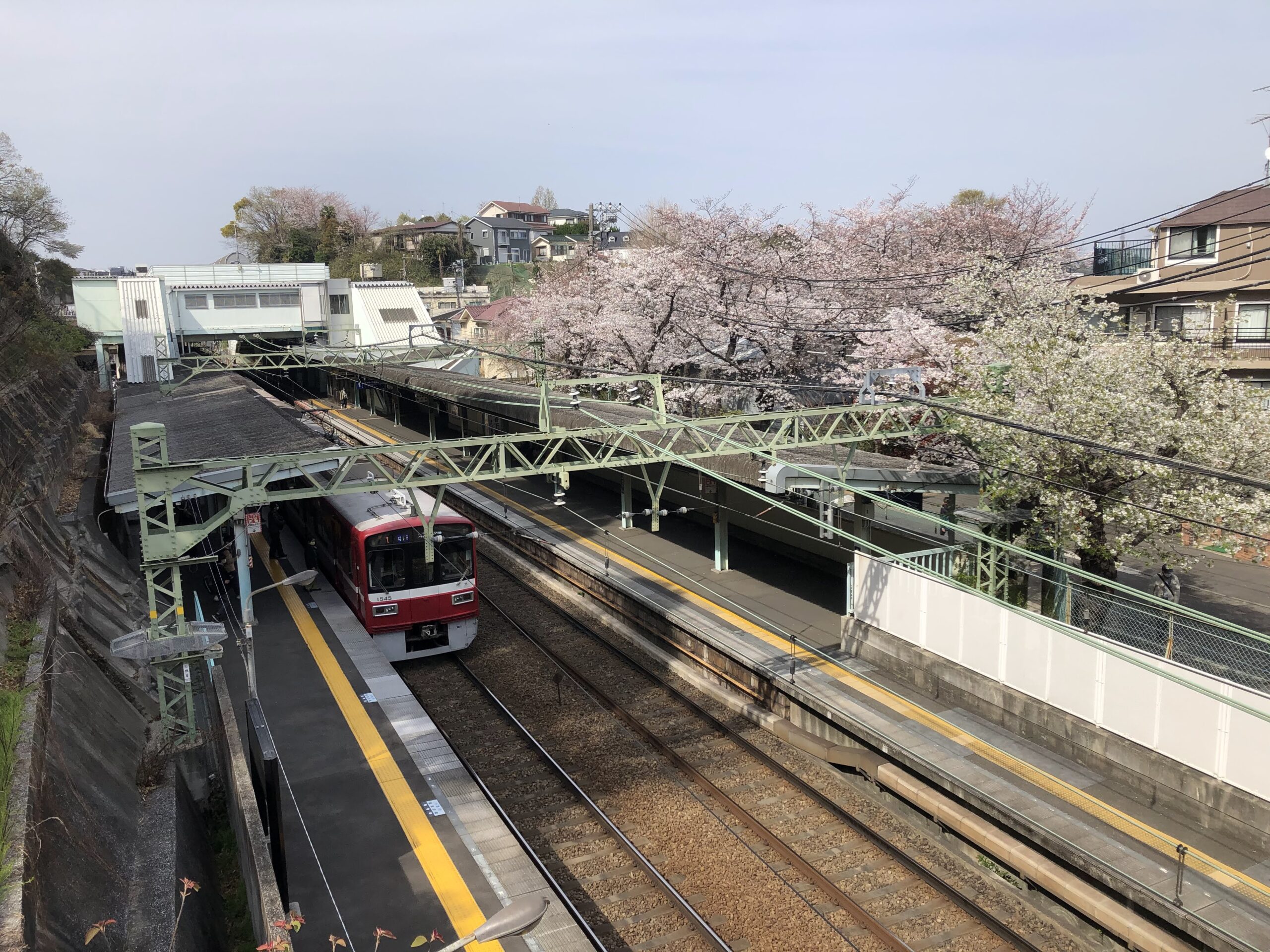本ブログではインバウンド(訪日外国人)ビジネスだけでなく企業接待や留学生対応で英語案内が必要ながら、多忙で情報収集に中々時間をかけられない方々の為に、すぐに使える情報をわかりやすく解説しています。
今回は観光や接待のお客様(インバウンド)へのサービス品質維持を目的とした業務用英語対応シリーズの『上下線不通』《観光・接待客の電車移動&トラブル時》英語通訳ガイドブログの『口頭即訳演習ツール🔶音声サンプル&用語集付』です。
前書き:『演習ツール🔶音声付』について
本編は下記6パターンの音声合成音を使った英語案内の為の演習ツールです。必要に合わせて目次からピンポイントでお試しください。
- 口頭即訳演習向×2種(通常速度+約2〜6秒ポーズ)
- a)「日👉英」 b)「英👉日」
- 使い方👉ポーズの間の日英通訳と英英日日のリピーティング用、言い換え練習用です。
- 通常速度サンプル×2種(通常速度+ポーズ無し)
- c)「英👉日」 d)「日👉英」
- 使い方👉一括逐次通訳と日日英英のシャドーイング用です。
- 低速サンプル×2種(ゆっくり速度+ポーズ無し)
- e)「英👉日」:低速(約120wpm)版
- f)「日👉英」:約10~30%低速(約260文字/分)版
- 使い方👉:逐次通訳と同時通訳の練習用です。
👉他でも使える用語はGlossaries(便利用語集)として、各セクションの冒頭に日英音声サンプル付で置きましたので、記憶チェック用にご利用下さい。
👉ニーズの高いタイプから順次ツール化していますので、サンプル音声がないものは少々お待ち下さい。
平常時パターン
予定通り電車で移動する場合
a) 口頭即訳演習「日👉英」:説明×5文:通常速度+6秒ポーズ
👉当初の予定通り移動する基本パターンです。京都から鎌倉大仏までの移動例で。1文毎の即訳ですが、時刻や駅名の記憶が厳しければメモ取りをお勧めします。
- 明日は午前10時発の新幹線で京都駅から東京駅に移動します。
- 東京駅で横須賀線に乗り換えて鎌倉に行きます。
- 鎌倉駅から私鉄の江ノ電に乗り換えて長谷駅で降ります。
- 18時発の鎌倉行き電車に乗るためにそれまでにこの駅に戻らなければなりません。
- 帰りも同じ経路ですが、今夜は宿泊予定のホテルのある横浜に戻ります。
b) 口頭即訳演習「英👉日」:説明×5文:通常速度+6秒ポーズ
👉英訳例です。こちらも単文即訳で厳しいところあればメモ取りで。
- Tomorrow, we will move from Kyoto Station to Tokyo Station on the Shinkansen departing at 10 a.m.
- At Tokyo Station, we will transfer to the Yokosuka Line and go to Kamakura.
- From there, we will transfer to the Enoden of private railway and get off at Hase Station.
- In order to take the Kamakura-bound train departing at 6 pm, we have to return to this station by then.
- We’ll be taking the same route back, but tonight we’ll be returning to Yokohama where we have a hotel reservation.
c) リアル演習「英👉日」:説明×5文:通常速度(ポーズなし)
d) リアル演習「日👉英」:説明×5文:通常速度(ポーズなし)
e)ゆっくり演習「英👉日」:説明×5文:低速(約120wpm)版(ポーズ無し)
f)ゆっくり演習「日👉英」:説明×5文:約10%低速(約260文字/分)版(ポーズ無し)
補足(別訳)
ご興味あれば、別訳の英語サンプルもお試し下さい。わずかな違いでも少し印象(ストレート気味?)が変わります。
- Tomorrow, we have a Shinkansen train departing from Kyoto Station to Tokyo Station at 10 a.m.
- After arriving at Tokyo Station, we will change to the Yokosuka Line and head to Kamakura.
- From Kamakura, we will transfer to the Enoden private railway and disembark at Hase Station.
- We need to make sure we return to this station in time to catch the Kamakura-bound train departing at 6 p.m.
- On our way back, we will follow the same route, but tonight we will be returning to Yokohama where we have a hotel reservation.
予定変更して途中から電車に誘導する場合
a) 口頭即訳演習「日👉英」:説明×8文:通常速度+6秒ポーズ
👉電車がより早く着く、楽に移動できる、又は安く上がる等で説得したい想定です。歌舞伎公演に遅れることを考慮した電車移動のケースとしました。
- 渋滞で歌舞伎公演に遅れそうなので、電車に乗り換えましょう。
- 次の交差点でタクシーを降りて最寄り駅から電車に乗ります。
- ここからは地下鉄に乗れるので、そのまま東銀座駅に移動します。
- 東銀座駅から歌舞伎座は直ぐなので、そうすればタクシーより30分以上早く着きます。
- 今日の都内は道路渋滞が激しいので、帰りも電車にします。
- 帰りの時間帯は地下鉄も混んでいるので、今度は山手線に乗ります。
- ホテルへの到着時間を考慮して、品川駅では車でなく私鉄に乗り換えます。
- この時間帯に座ることは難しいので、ずっと立って移動ですが1時間ほどご辛抱願います。
b) 口頭即訳演習「英👉日」:説明×8文:通常速度+6秒ポーズ(*以下現在準備中)
ここでは本編より少し丁寧な表現にしています。本編の文例は下記(ご参考)に英語音声だけ付けています。
- Let’s switch to the train to ensure we arrive on time for the Kabuki performance, as there might be heavy traffic congestion.
- Let’s get off the taxi at the next intersection and take the train from the nearest station.
- We have the option to take the subway from here, which will take us directly to Higashi-Ginza station.
- By taking the train to Higashi-Ginza station instead of a taxi, we can reach Kabukiza over 30 minutes earlier due to its close proximity.
- Due to the heavy traffic in Tokyo today, we’ll also consider taking the train on our way back to minimize any potential delays.
- Considering the high volume of passengers during the return time, let’s take the Yamanote Line this time, as it tends to be less crowded.
- To ensure a timely arrival at the hotel, we’ll opt for the private railway at Shinagawa Station instead of using a car
- During this time, it might be difficult to find available seats, so I kindly ask for your patience as we stand for approximately an hour.
ご参考Ⅰ
本編のストレートな文例です。
- Let’s switch to the train because we might be late for the Kabuki performance due to traffic congestion.
- Let’s get off the taxi at the next intersection and take the train from the nearest station.
- We can take the subway from here, so let’s go straight to Higashi-Ginza station.
- As Kabukiza is just a short distance from Higashi-Ginza station, we will arrive more than 30 minutes earlier than taxi.
- The traffic jam in Tokyo is severe today, so we will also take the train on our way back.
- Since the subway is also crowded during the return time, we will take the Yamanote Line this time.
- Considering the arrival time at the hotel, we will take private railway at Shinagawa Station instead of car.
- It will be difficult to find a seat during this time, so please bear with standing for about an hour during the commute.
ご参考Ⅱ
親しい方向けの文例です。お客様向きではありません。
- Let’s hop on the train because traffic is bad and we might be late for the Kabuki performance.
- Let’s get out of the taxi at the next intersection and catch the train from the nearest station.
- We can take the subway from here, so let’s head straight to Higashi-Ginza station.
- Since Kabukiza is really close to Higashi-Ginza station, we’ll get there more than 30 minutes before the taxi.
- The traffic in Tokyo is crazy today, so we’ll take the train on our way back too.
- Since the subway gets packed during the return time, let’s take the Yamanote Line instead this time.
- To make sure we arrive at the hotel on time, we’ll take a private railway from Shinagawa Station instead of a car.
- Finding a seat will be tough at this time, so be prepared to stand for about an hour during the commute.


